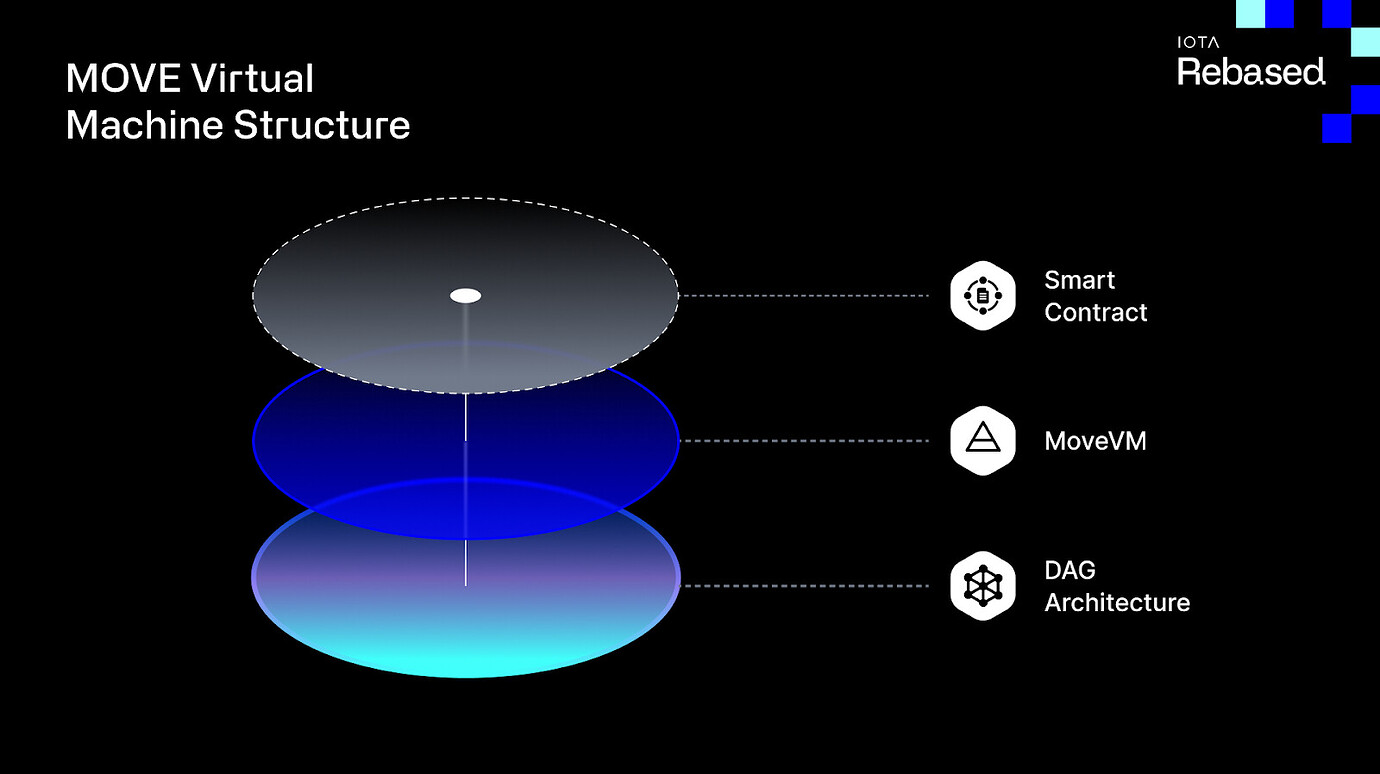- The IOTA Rebased Protocol is expected to unlock more opportunities and prepare the grounds for expansion despite its impending challenges.
- IOTA has disclosed that it would continue to operate its network as it is if the community votes against this proposal.
IOTA (IOTA) has unveiled more information on the much anticipated Rebased Protocol including the upcoming governance voting and an abstract of this groundbreaking development.
Get ready for IOTA Rebased Tokenomics, bringing real utility to IOTA token holders . Our Governance Proposal introduces for the first time $IOTA staking rewards. Stake your IOTA tokens to:
Secure and decentralize the network
Earn staking rewards for it (10-15% APY)… pic.twitter.com/J3aB7QuVFV— IOTA (@iota) November 20, 2024
Why the OTA Rebased Protocol
According to IOTA, embracing this technology is part of its interest in focusing on programmability on Layer 1 (L1) through smart contracts. This implies that the length production timeline of the previously explored IOTA 2.0 protocol would be bypassed. Fascinatingly, the support for SUI’s Move Virtual Machine (MoveVM) would enable the network to gain L1 smart contract capabilities.

Analyzing a blog post detailing this project, we discovered that the Rebased Protocol would facilitate the transition to a delegated Proof of Stake (dPoS) system to achieve full decentralization.
Rebasing our architecture with one of the most performant and sustainable technologies available gives us a solid foundation to re-integrate some principles of IOTA 2.0. This approach allows us to unlock IOTA’s full potential immediately without disrupting any development in the IOTA ecosystem with the breaking changes that integrating L1 smart contracts into the original IOTA 2.0 protocol would entail.
More About the Upgrade
According to the communication team, the main objective of this upgrade is to provide a ready-to-use network for the ecosystem and its stakeholders. However, this decision has been difficult as it challenges some of the core principles of the network. Meanwhile, a successful Rebasing would unlock opportunities for more innovation and expansions on the network.
At the IOTA Foundation, we believe there is no future for IOTA without L1 programmability. We cannot continue on a path that excludes an L1 smart contract solution. We also cannot afford additional years of R&D with uncertain outcomes, and we fear that our greatest asset—our reputation, expertise, and trust with industry and governmental partners—would wither and potentially disappear during years of inactivity and waiting. This is why we have opted to take a pragmatic approach and advocate to focus on delivering value to IOTA and our ecosystem as quickly as possible through the IOTA Rebased protocol.
For now, the Public Testnet Phase will be conducted. After the protocol gains approval, it will be officially transitioned to the mainnet. As part of the process, the team would migrate the current IOTA ledger to a new technology stack. Additionally, move-based smart contracts will be introduced to IOTA. Some of the other features to expect are:
- Consensus switch to Mysticeti protocol to ensure high scalability and latency.
- An initial target inflation of 6% per year.
- A very low transaction fee with an adaptive fee burn mechanism.
- There would be a full decentralization of the L1 DAG via a delegated proof of stake mechanism.
On December 2, the voting phase would begin. After seven days, the counting phase would start. According to the team, the network would continue to operate as it is if the community rejects the upgrade.
At press time, IOTA was trading at $0.1698 after declining by 1% in the last 24 hours.

















